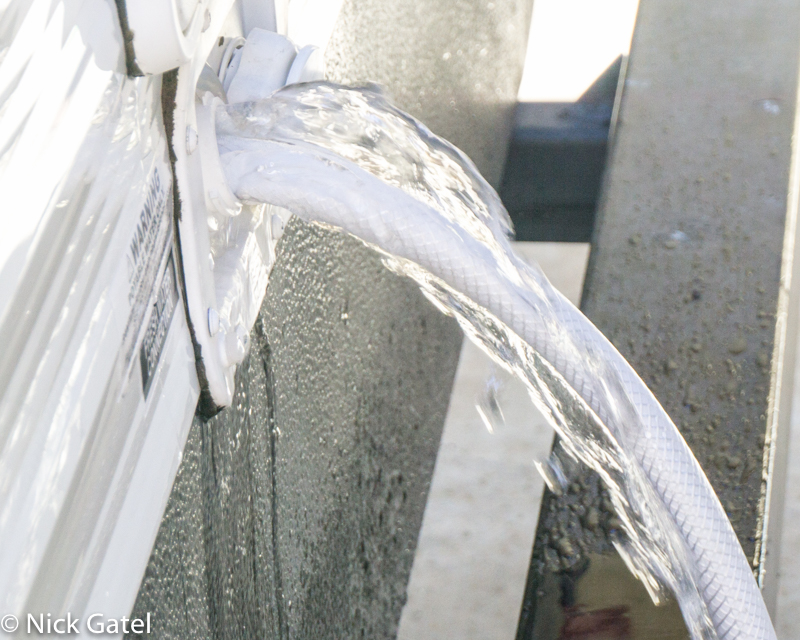The short answer is, No.
Often trying to find detailed information on trailer towing is difficult at best.
When we bought our current trailer and tow vehicle I knew that we would be close to the maximum capacity specifications for both. Most of the self-proclaimed or perceived experts would say buy a bigger tow vehicle if you are going to be close to the tow vehicle’s maximum specification for gross trailer weight and/or tongue weight. In other words, “buy a bigger gun.”
I am not a hunter and I have never hunted. But I know you don’t hunt elk with a pocket knife (too small) or a rocket propelled grenade (too big). You use a rifle with the correct caliber of bullet and other attributes that combined are a match for taking an elk. And so it is with our tow vehicle. The manufacturer (Ford) says we can safely tow a trailer that weighs up to 9,200 lbs fully loaded as long as the tongue weight is between 10% and 15% of the trailer’s weight and the tongue weight doesn’t exceed 920 lbs using a weight distribution hitch also known as a WDH, and at the same time the tow vehicle cannot exceed the Gross Vehicle Weight Rating, or any Gross Axle Weight Ratings, and the Combined Gross Vehicle Weight.
Continue reading Does A Weight Distribution Hitch Increase Tongue Weight?




